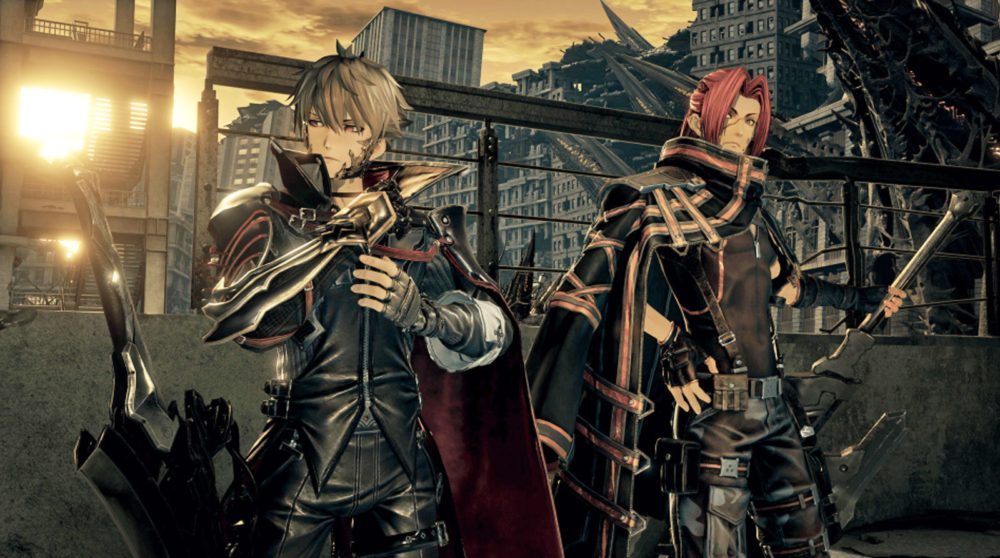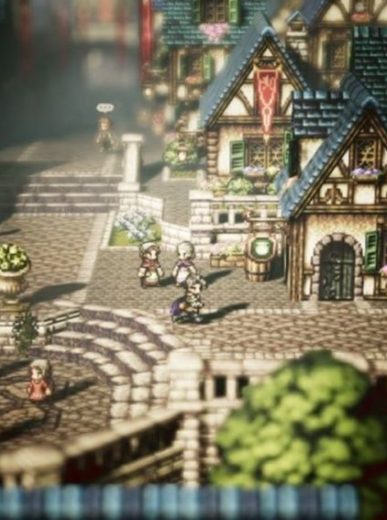The first time I played Code Vein at TGS 2017, I called it an interesting take on the Dark Souls combat formula with a pretty anime aesthetic. From everything we’d seen of the game so far, that seemed like the most apt description.
Since then, however, the game’s evolved and developed quite a bit. This past weekend, I got to try out the Network Test on PS4, going through that same level I played at TGS, and got a real taste of how deep Code Vein’s potential runs.
Most of my initial complaints from Code Vein’s 2017 build still stand: the level design, while nice and recursive at times, is bland from a visual standpoint. Granted, this is just one level, but as far as first impressions go, the greyish industrial look of the sewers level doesn’t really inspire any engagement.
The game also still seems to suffer from some annoying visual glitches like enemies or characters clipping into the geometry at times, or animations looking a little wonky. Overall, these don’t detract from the experience in any sort of significant way, but they make the game feel unpolished, which is a shame considering how good the rest of it is.
Code Vein’s combat can get incredibly deep, thanks to the Blood Code system. Think of Blood Codes as classes of sorts, with each one giving you boosts in particular stats, changing up the types of weapons you use and skills you can unlock.
For most of the Network Test, I stuck with the tried and true Fighter Blood Code. This was a pretty straightforward one; your character’s a well-rounded fighter who uses standard swords and other balanced weapons that deal decent damage with average speed.
The more Haze you collect, the more skills you can unlock at the Mistle (read: bonfire). For the Fighter Blood Code, you could get a special combo skill, a skill that lets you raise your attack power a short time, and one that lets you summon a blood shield to bolster your defense.
The other Blood Codes featured skills that best represented their respective classes; the Ranger would focus on speed and dexterity for instance, while the Caster had an emphasis on Ichor usage, which is the currency needed to actually execute your skills in combat.
Progress further in the game, and you’ll unlock even more Blood Codes from bosses and key characters. These are much more complex and provide even more interesting skills that can really shake up your play style.
While the leveling system in Code Vein is very rigid, only allowing you to expend Haze to gain straight levels with no input on which stats you want to increase, the Blood Code system makes up for that. Equipping different Blood Codes will change up your stats accordingly, and you can equip different ones at anytime, which allows for a lot of flexibility in play styles.
Not to go too crazy with the Soulsborne comparisons here, but I couldn’t help but appreciate the ease of changing builds anytime I wanted. Whereas From’s games basically required you to restart entire playthroughs (with the exception of Dark Souls III) in order to experiment with new builds, Code Vein gives you all that freedom right off the bat.
It’s refreshing, and gives the game massive replay value. Now if only we could get actual PvP to go along with it…
But things are pretty great on the PvE side as well. NPC companions are still talkative as hell and won’t shut up, but you always have the ability to turn them away if you want to go it alone. And if not, the game’s health share aspect adds a neat little twist to the co-op aspect.
When you or a partner goes down, you have the option of expending a bit of your own health to revive them. It’s a neat risk-reward system that also helps to make Code Vein a bit more approachable to players who might not be sold on the whole punishing difficulty thing that Souls games are known for.
Online play was generally alright during the Network Test, though there were definitely some hitches and frame drops that made the experience more frustrating than it should’ve been. Still, the highlight of online play was getting to see what everyone else’s characters looked like.
While I’m not particularly invested in character creation in video games, I was also pleasantly surprised by how incredibly robust Code Vein’s character creator was. The last game I’d played that had such a detailed creator was probably last year’s Monster Hunter: World, and this is certainly comparable.
With how pretty Code Vein’s anime aesthetic is, your character just looks great and fits seamlessly into the game world, no matter how outlandish you’ve made them look. It’s a small thing, but it definitely helped with my immersion in Code Vein’s world, and I loved everything about the way my avatar looked next to the NPCs.
The last thing that truly impressed me about Code Vein was its story potential, which I honestly wasn’t expecting to amount to much, at least from what I’d seen of the game prior to this. Despite the silly and cliched vampiric premise, it’s clear that Bandai Namco’s put quite a bit of effort into fleshing out even the most seemingly unimportant characters.
Without spoiling too much of the early story stuff, there was this Life Is Strange-esque sequence that had you slow walking through a character’s mind, revisiting their most important memories that brought them to where they are now. The whole sequence was accompanied by a strangely heart-wrenching soundtrack and incredibly cinematic lighting.
I’ll admit it caught me off-guard, and actually had me pumped to see even more of the game’s world and its characters.
Code Vein has all the ingredients it needs to become a truly fun story-heavy game with deep combat and customization. The bland level designs still leave me feeling a little apprehensive, but from what I’ve seen of the game’s early combat systems so far, there’s a lot to be excited about.


There are no comments.